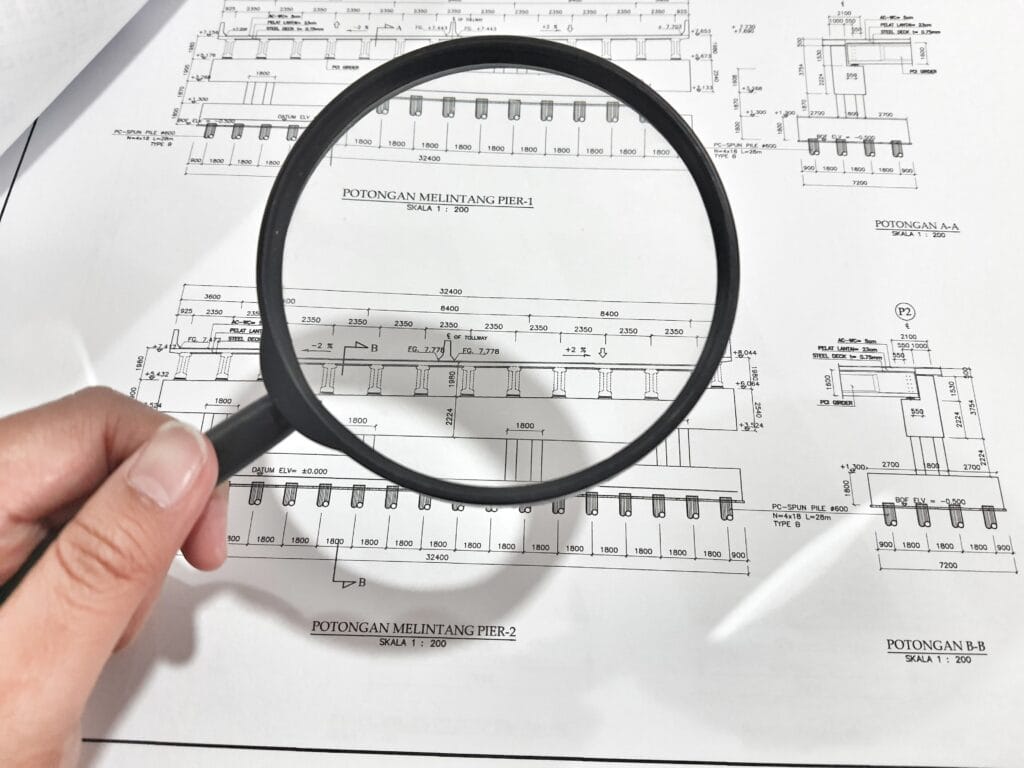Design
At InfraXtructure™, we take a comprehensive approach to data center design, transforming the Owner Project Requirements (OPR) into actionable plans that guide the project from initial concept to final design certification. Our structured design process ensures that every detail of the data center aligns with the client’s goals, operational needs, and industry standards, resulting in a facility that delivers optimal performance, reliability, and efficiency.
Our design services for data centers include:
Concept Design Development
The concept design phase is where the vision for the data center begins to take shape. Using the OPR as our foundation, we develop an initial design that outlines the fundamental elements of the data center, including layout, key systems, and infrastructure. During this phase, we:

Define Core Elements: Establish the high-level architectural layout, including space planning for server rooms, cooling systems, power distribution, and ancillary areas. We also consider site selection, building orientation, and physical security.
Preliminary Systems Design: Outline the major mechanical, electrical, and plumbing (MEP) systems required to meet performance and efficiency goals. This includes preliminary sizing of power systems, HVAC, fire protection, and backup power solutions.
Incorporate Scalability and Flexibility: Design the data center to accommodate future growth and technological advancements, ensuring that it remains adaptable to evolving business needs.
Feasibility and Cost Analysis: Conduct a preliminary cost analysis to align the concept design with the budget constraints outlined in the OPR, identifying potential cost-saving opportunities and optimizing resource allocation.

Detailed Design Development
The detailed design phase takes the approved concept design and refines it into a comprehensive blueprint that guides construction. This phase is critical for specifying the precise components and systems required to meet the data center’s performance and operational goals. During this phase, we:

Develop Detailed Drawings and Specifications: Create in-depth architectural, structural, and MEP drawings that provide precise details on construction methods, materials, and systems. This includes detailed layouts for power distribution, cooling systems, network cabling, and fire suppression.
Coordinate with Stakeholders: Collaborate closely with clients, contractors, and other stakeholders to ensure all aspects of the design are aligned with the project’s objectives and the OPR. This coordination helps to identify and resolve any potential design conflicts early.
Perform Engineering Analysis: Conduct detailed engineering analyses to validate the design against performance criteria, including load calculations, airflow analysis, power usage effectiveness (PUE) modelling, and energy efficiency assessments.
Incorporate Compliance and Safety Standards: Ensure the design meets all relevant codes, standards, and regulations, including building codes, safety regulations, and industry-specific standards like ANSI/TIA-942 and Uptime Institute’s Tier standards.



